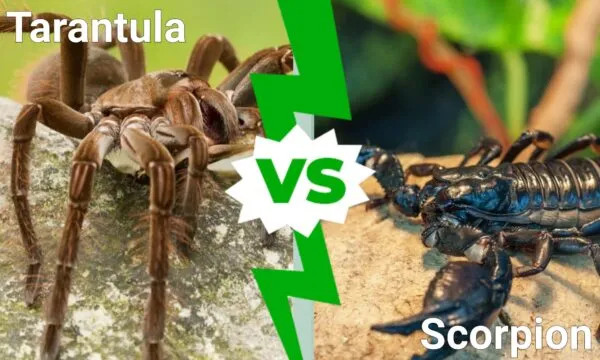Pet Scorpion or Tarantula What to Consider First
Choosing between a pet scorpion and a tarantula can be an exciting journey for any beginner in the exotic pet world. Both creatures offer a unique experience, but it’s crucial to weigh the pros and cons before making a decision. Consider your lifestyle, the amount of time you can dedicate to their care, and your comfort level with these fascinating arthropods. One of the primary considerations is the lifespan; some tarantulas can live for over 20 years, while scorpions typically live for a shorter duration. Also, think about the potential for handling, as some species are more docile than others. Researching different species within both groups is key, as behaviors and needs can vary significantly. Before taking the plunge, understanding the commitment involved is a must.
Understanding Scorpion and Tarantula Habitats
Creating a suitable habitat is paramount for the well-being of your pet scorpion or tarantula. Both species require a secure and appropriately sized enclosure that mimics their natural environment. The size of the enclosure should correspond to the size of your pet; overcrowding can lead to stress and potential cannibalism, especially in scorpions. Research the specific needs of the species you choose, as some prefer terrestrial setups, while others might need a semi-arboreal environment. Understanding their natural habitats, whether it’s the arid deserts for some scorpions or the tropical rainforests for certain tarantulas, will give you a head start in providing a thriving home. Always prioritize safety and security, ensuring the enclosure is escape-proof and in a location away from direct sunlight or drafts.
Housing Requirements for Scorpions and Tarantulas
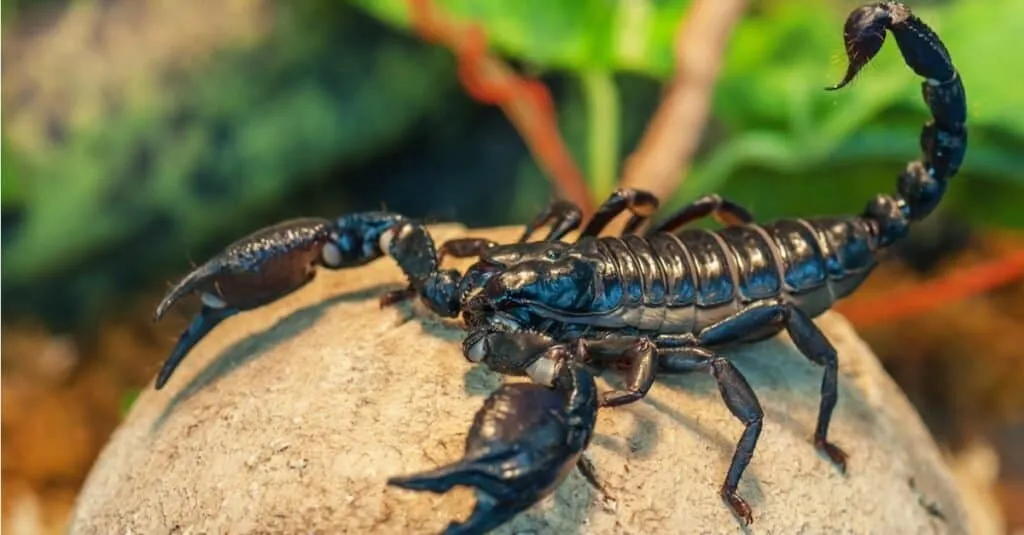
The housing requirements for pet scorpions and tarantulas share some similarities but also have distinct differences based on their species. Both types need a terrarium or enclosure made of glass or clear plastic, so you can easily observe the creature. Ventilation is crucial to prevent the buildup of harmful gases and maintain proper humidity levels. For scorpions, a slightly shorter enclosure is often sufficient, while some tarantula species may need vertical space for climbing. Make sure the enclosure has a secure lid to prevent escapes, as both scorpions and tarantulas are excellent escape artists. The enclosure’s size should also be proportionate to the size of the pet, leaving enough room for movement and enrichment without overwhelming them. Also, consider the material of the enclosure, as some plastics are prone to scratching, hindering visibility.
Temperature and Humidity Control
Temperature and humidity are vital factors in the health and well-being of pet scorpions and tarantulas. Most species thrive in temperatures between 75°F and 85°F (24°C and 29°C). Use a thermometer to monitor the temperature within the enclosure, and consider using a heat mat or ceramic heat emitter to maintain a stable environment. Humidity levels should be adjusted based on the species’ needs; many tarantulas prefer higher humidity, while some scorpions prefer drier conditions. Use a hygrometer to measure humidity and adjust the ventilation or misting frequency accordingly. Avoid placing the enclosure in direct sunlight, which can cause overheating. Regular monitoring and adjustments are critical to prevent health issues such as dehydration or molting problems.
Substrate and Enclosure Setup
The substrate you choose for your pet scorpion or tarantula is critical for maintaining proper humidity and providing a natural environment. For many tarantulas, a substrate mix of coconut fiber, peat moss, and vermiculite works well, as it retains moisture and allows burrowing. For scorpions, a slightly drier substrate, such as sand or a mix of sand and coconut fiber, may be more suitable. Provide a water dish and some hiding places, such as cork bark or artificial plants, to offer security. The enclosure should also be cleaned regularly to remove any uneaten food and waste. A well-maintained enclosure reduces the risk of mold, bacteria, and parasites, contributing to the health and happiness of your pet.
Feeding Your Scorpion or Tarantula
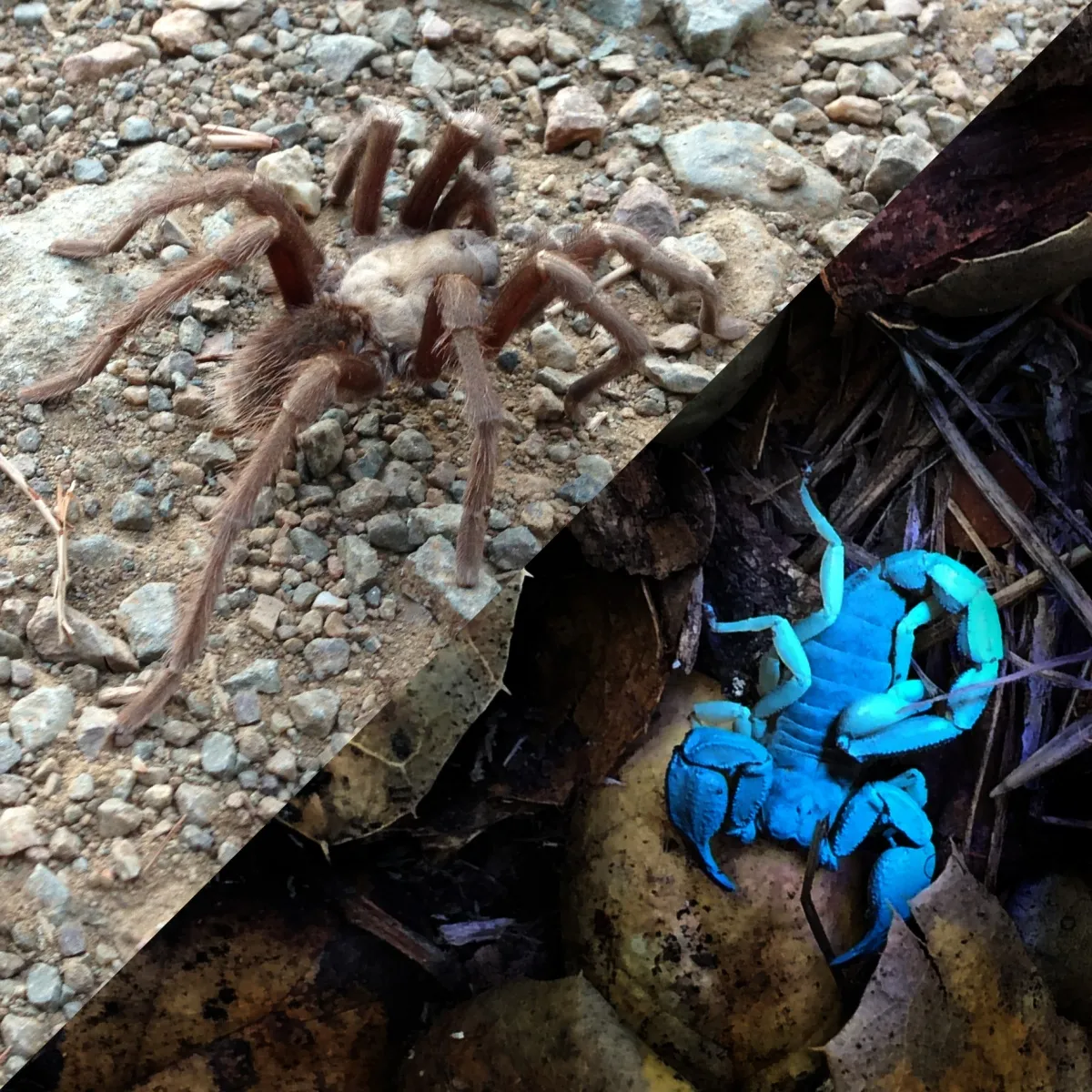
Feeding your scorpion or tarantula is a relatively straightforward process, but it’s essential to get it right. Both species are carnivores and primarily eat insects. Crickets, mealworms, and roaches are common choices, though the specific prey should be sized appropriately for your pet. Offer a variety of insects to ensure a balanced diet. Always ensure the prey insects are gut-loaded (fed nutritious food before being offered to your pet) to provide optimal nutrition. Monitor your pet’s eating habits and adjust feeding frequency based on its age, size, and species. Avoid overfeeding, as this can lead to obesity and other health issues. Clean up any uneaten food promptly to maintain a hygienic environment.
Choosing the Right Food
Selecting the right food is essential for the health and longevity of your scorpion or tarantula. Live insects are the staple diet, and their size should correspond to your pet’s size. Crickets are a widely available option, but mealworms and dubia roaches are also excellent choices. Always purchase insects from a reputable source to ensure they are disease-free and free from pesticides. It’s also good practice to gut-load the insects before feeding them to your pet; this involves feeding them nutritious foods such as vegetables and commercial insect food. This practice enhances the nutritional value of the insects and provides your pet with a more balanced diet. Variety is beneficial; offering different types of insects can prevent nutritional deficiencies and keep your pet engaged during feeding.
Feeding Frequency and Methods
Feeding frequency depends on the age and species of your pet. Young tarantulas and scorpions often need to be fed more frequently than adults, perhaps every few days. Adult tarantulas can often be fed once a week or even less frequently, depending on their size and metabolism. Scorpions typically eat less often than tarantulas, but you should monitor their feeding habits and adjust as necessary. When feeding, place the insect directly into the enclosure and allow your pet to hunt it. Ensure that the insect is not too large for the pet; a general rule is to choose prey that is no larger than the size of the pet’s abdomen. Remove any uneaten insects after a day or two to prevent stress for the pet and maintain the cleanliness of the enclosure.
Watering and Hydration
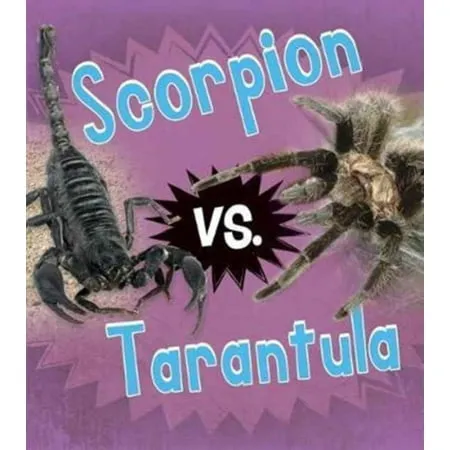
Providing a clean water source is crucial for the survival of scorpions and tarantulas. Most species need a shallow water dish that is easily accessible and unlikely to tip over. Ensure that the water is always fresh and clean; replace it every day or two. In addition to the water dish, misting the enclosure can help maintain the required humidity levels, especially for tarantulas that need higher humidity. For some species, a damp substrate can also help to provide moisture. The frequency of misting depends on the species’ needs and the environmental conditions. It’s essential to monitor your pet’s behavior; if you observe signs of dehydration, such as lethargy or wrinkles, increase the frequency of misting or provide a more accessible water source.
Handling and Safety Precautions
Handling scorpions and tarantulas should be approached with caution and respect. While some species are docile, others can be defensive and inflict bites or stings. Always research the temperament of your specific species. Handling is generally not necessary for tarantulas, as they can become stressed, but it is sometimes unavoidable. If you choose to handle your pet, do so slowly and gently, and always supervise. Keep small children away from these pets to avoid accidents. Teach them how to be cautious and avoid sudden movements that might startle the animal. The safety of both the pet and the owner is paramount, so it’s crucial to be informed and prepared before interacting with these fascinating creatures.
Safe Handling Techniques
If you choose to handle a tarantula or scorpion, always use gentle movements and avoid startling the animal. Approach slowly and allow the pet to crawl onto your hand, rather than grabbing or forcing it. Handle over a soft surface, such as a bed or carpet, to minimize the risk if it falls. Wash your hands thoroughly before and after handling your pet. Never handle your pet if you have applied any lotions, perfumes, or other substances to your hands, as these could be harmful. Be aware of your pet’s body language. If it appears agitated or defensive, it’s best to leave it alone. Always supervise children when they are around the pet, and ensure they understand the importance of gentle interactions.
Identifying Potential Hazards
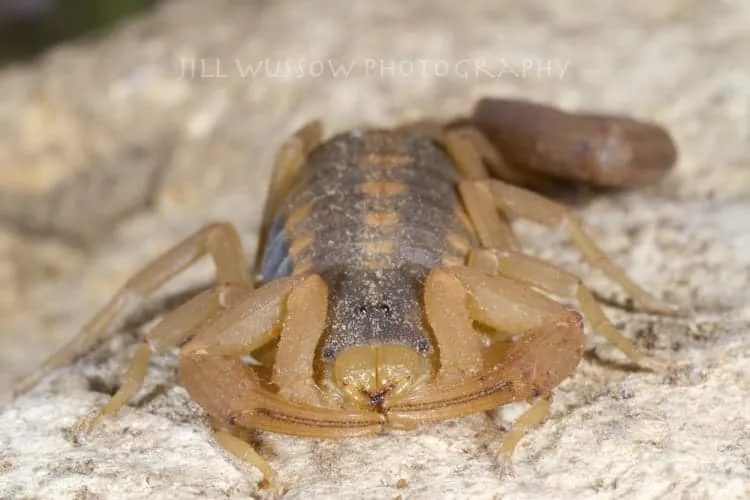
When keeping pet scorpions or tarantulas, it’s important to be aware of potential hazards. Tarantulas have urticating hairs that they can flick off to irritate a perceived threat; avoid touching these hairs, as they can cause skin irritation and respiratory issues. Scorpions possess a venomous sting, and while most species are not deadly to humans, the sting can be painful and cause allergic reactions. Keep the enclosure away from areas where small children or other pets have access. Always ensure that the enclosure is escape-proof to prevent the pet from roaming freely in your home. Be mindful of where you place the enclosure and avoid direct sunlight or drafts. Regularly inspect the enclosure for any potential dangers, such as loose objects or sharp edges, that could harm your pet.
Health and Maintenance
Regular health checks and maintenance are critical to keeping your pet scorpion or tarantula healthy and happy. Observe your pet’s behavior, appetite, and overall appearance daily. Any changes in these areas could indicate a health problem. Keep the enclosure clean by regularly removing waste, uneaten food, and shedding. Clean the water dish and refill it with fresh water. Many tarantulas molt periodically, during which they shed their exoskeletons. Do not disturb a tarantula during molting. Seek veterinary advice if you notice any signs of illness or injury, such as lethargy, loss of appetite, or unusual behavior. Understanding the signs of a healthy animal and a sick one will help you provide the best possible care.
Common Health Issues
Scorpions and tarantulas can suffer from various health issues, but many of these can be prevented through proper care. Dehydration is a common problem, particularly in tarantulas; ensure a constant supply of fresh water and maintain appropriate humidity levels. Parasites, such as mites, can infest both scorpions and tarantulas. Regular enclosure cleaning and quarantine of new arrivals are essential to prevent parasite infestations. During molting, tarantulas are vulnerable; make sure to maintain high humidity and avoid disturbances. Other common issues include injuries from falls, bacterial infections, and fungal infections. If you notice any unusual symptoms, such as lethargy, loss of appetite, or changes in behavior, consult an experienced veterinarian specializing in exotic pets. Early detection and treatment are vital for the best possible outcomes.
Regular Cleaning and Maintenance
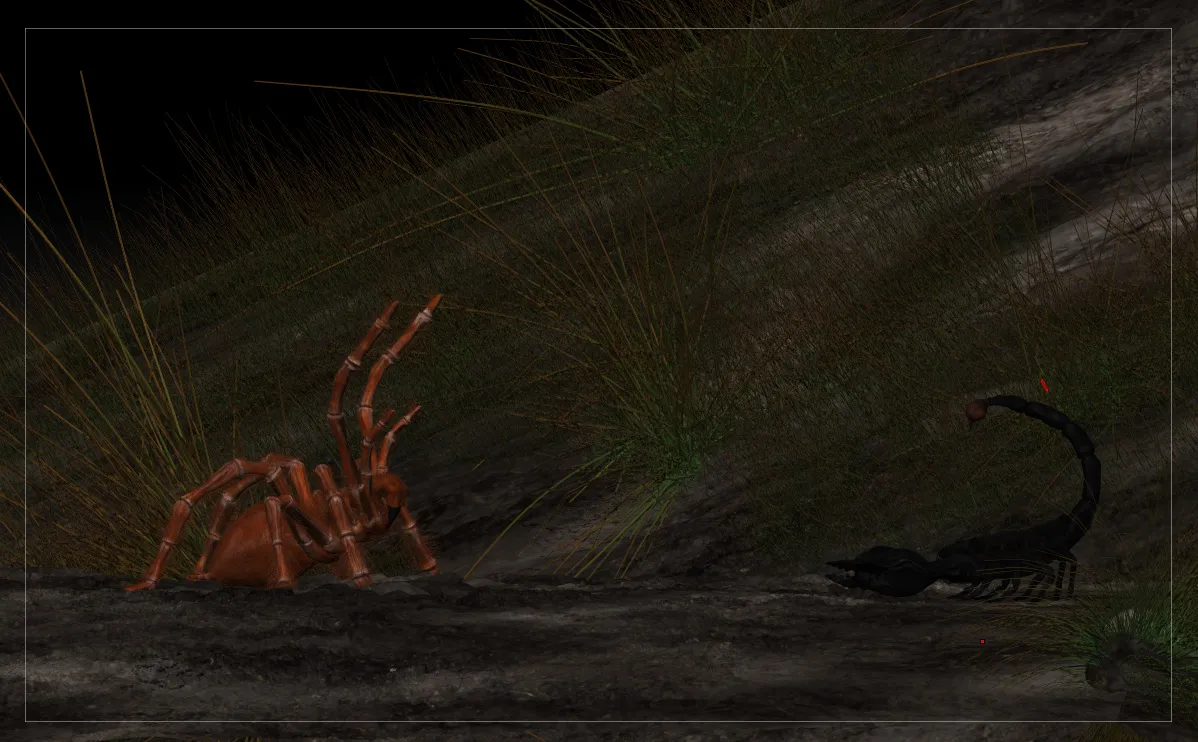
Regular cleaning and maintenance are crucial for maintaining a healthy environment for your pet. Remove uneaten food and waste regularly. This prevents the buildup of bacteria and odors. At least once a month, fully clean the enclosure. Replace the substrate entirely and disinfect the enclosure with a pet-safe cleaner. Ensure all decorations are thoroughly cleaned. Keep the water dish clean and replace the water daily. Monitor the humidity levels and adjust as necessary. Inspect the enclosure for any signs of mold or pests. Regular maintenance will not only keep your pet healthy but also help you observe its behavior and detect any potential health issues early on. The process can ensure a long and fulfilling life for your exotic pet.
Finding a Reputable Breeder
Finding a reputable breeder is crucial to ensure you get a healthy scorpion or tarantula. A good breeder will be knowledgeable about the species and will be able to provide information about its origin, age, and care requirements. Look for breeders who prioritize the health and well-being of their animals. They should be willing to answer your questions and provide advice on care. Avoid purchasing from pet stores that obtain their animals from unknown sources, as these pets may have been poorly cared for. Buying directly from a breeder can help you avoid these issues and provide a better chance of getting a healthy and well-adjusted pet.
Researching Breeders and Species
Before purchasing a pet scorpion or tarantula, take the time to research different species and breeders. Look online for reputable breeders in your area or those who ship safely. Check online reviews and testimonials. Ask breeders about their breeding practices and the care they provide to their animals. Learn about the specific needs of the species you are interested in, including their habitat, feeding, and handling requirements. This research will help you choose a species that is right for you and ensure you get your pet from a responsible source. Consider the lifespan of the animal and your ability to provide care over the long term. Make sure you have all the necessary supplies before bringing your new pet home.
Final Considerations Before You Choose
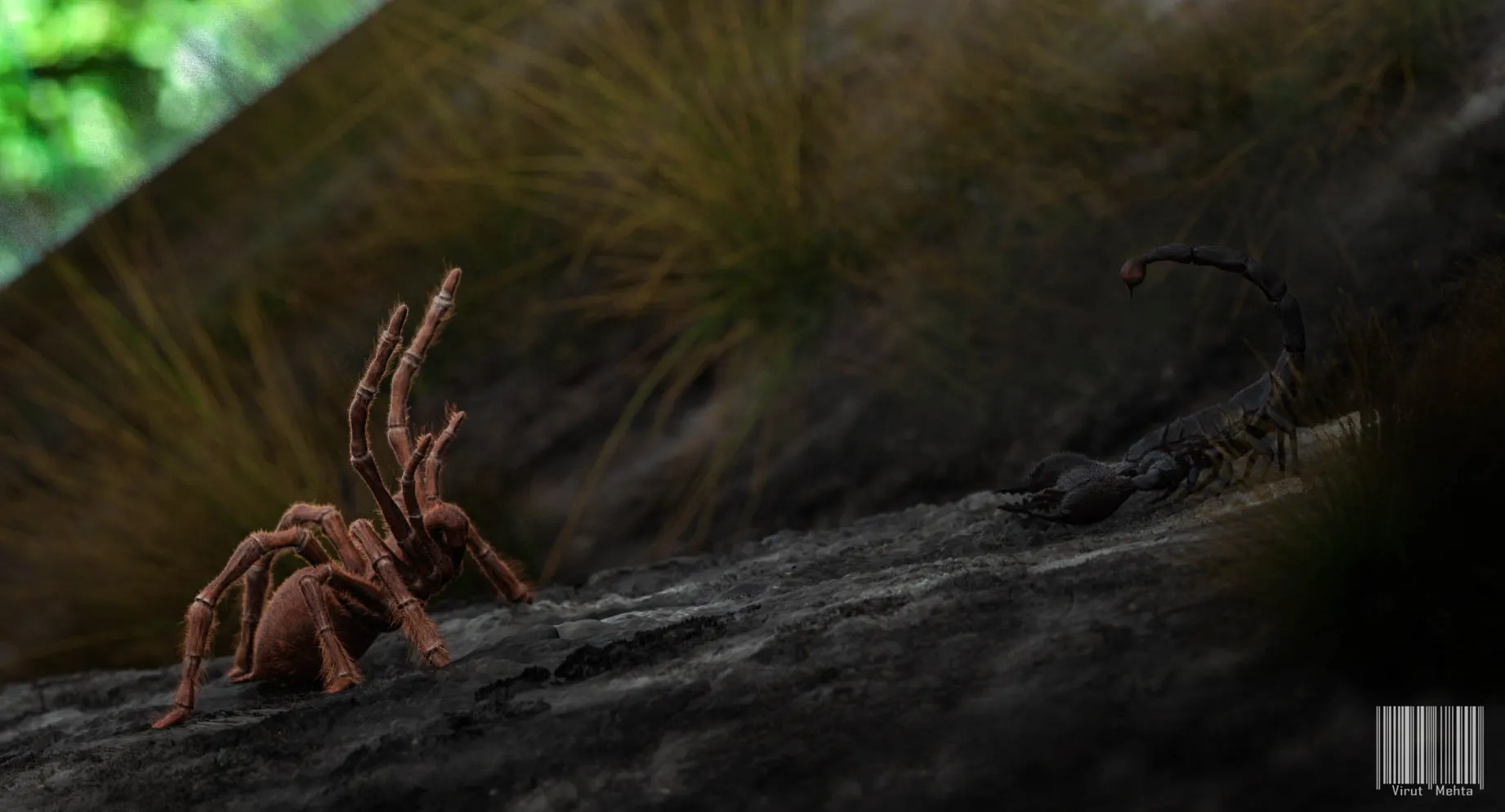
Before welcoming a pet scorpion or tarantula into your home, carefully consider all the factors involved. Understand the commitment of time, resources, and space required to care for the pet. Research the specific needs of the species you are considering. Consider your lifestyle and whether you can provide the necessary care. Ensure you can maintain a safe environment for both the pet and yourself. If you are unsure, it is always best to consult with experienced keepers or veterinarians specializing in exotic pets. Make the right choice from the beginning, so you can ensure that your pet will thrive and you can enjoy the experience of exotic pet ownership. Take the time to plan and prepare before the arrival of your new pet.
